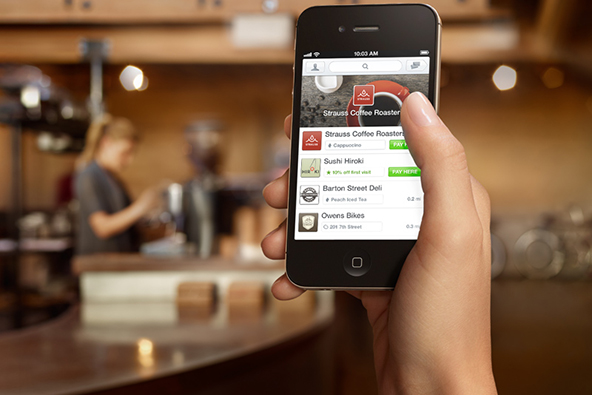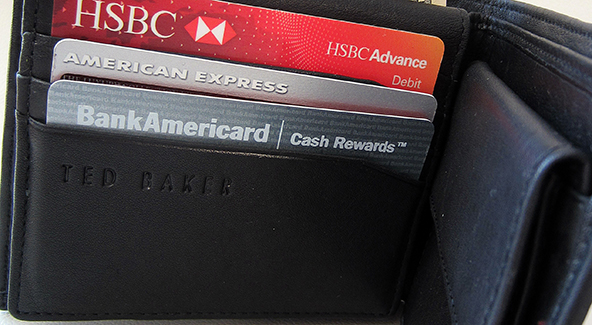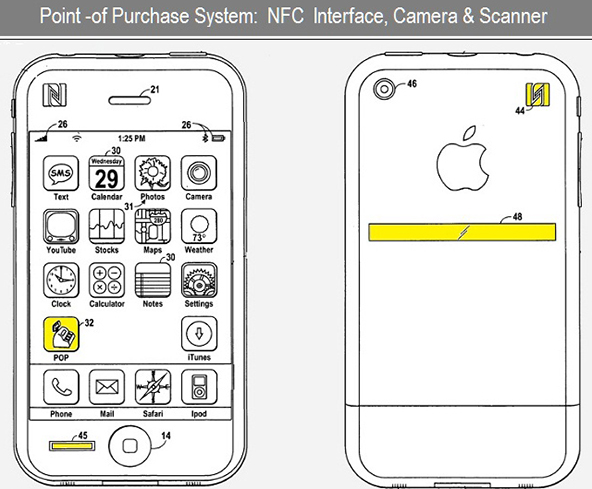Squaring up Credit Card Processing Fees, Again

Square is now offering merchants processing up to $250,000 per year the option of signing up for a flat-fee monthly payment plan, rather than being charged on a per-transaction basis, the company has announced. At $275 per month, the flat-fee plan makes sense for Square merchants processing more than $120,000 in swiped transactions, on an annual basis, but not for merchants processing less than that. And once you exceed the upper threshold, your swiped transactions are processed at 2.75 percent once again.
So if your business is using Square and your processing volumes are above the minimum stated above, you should switch to the monthly plan. It can save you a lot of money. For example, if you switched today and processed $240,000 in swiped transactions over the course of the next twelve months, you would pay twice less in processing fees than you would have paid if you had stuck to the pay-as-you-go arrangement. And what about non-Square merchants? Will the new payment plan finally convince them to throw away the clunky point-of-sale credit card machine and replace it with a slick, Square-powered iPad app? Not necessarily. Let’s take a closer look.
The Best Pricing Ever?
That seems to be the spin Square is putting on its new, flat-fee pricing plan:
One monthly fee and 0% processing is the first pricing option that gives small businesses a lower processing fee than bigger merchants. Square is committed to offering prices that eliminate uncertainty and are lower than those traditionally only available for big businesses. In an industry that until now has only offered a per transaction fee, now merchants who process up to $250,000 per year can pay one flat $275 fee per month with no fee per swipe.
And then there is Jack Dorsey’s (Square’s CEO) statement:
For 62 years, merchants have suffered complicated, expensive processing fees. Square is the first company to rethink electronic payment pricing with the merchant in mind. We are giving merchants affordable, predictable pricing. With one monthly price, merchants know that the sales they’ve processed in a day is the same amount deposited in the bank.
One gets the distinct impression that we are being treated to the launch of the best thing since sliced bread. So, for the record: the new monthly pricing plan does not necessarily give Square’s merchants lower processing fees than bigger merchants. Let me explain.
The Durbin Touch
The vast majority of merchants using the services of traditional processors who have signed up for an interchange-plus pricing plan would still pay less than their Square-using counterparts. The main reason is that Square charges the same processing fees for credit and debit cards. And, in case someone is still unaware, the Durbin Amendment to the Dodd-Frank financial regulation legislation placed a very low limit on debit interchange fees. In the post-Durbin world, debit transactions are processed at an interchange rate of 0.05 percent plus $0.22 per transaction, which translates into a weighted average of about 0.63 percent or so. Under Square’s flat-fee plan, the lowest possible rate you can get, achieved if your annual volume were precisely $250,000 and consisted solely of swiped transactions, is 1.32 percent. And I keep repeating “swiped”, because Square will still be processing key-entered transactions at the very high rate of 3.5 percent plus $0.15.
It is true that the interchange rates of all types of credit card transactions would be higher than 1.32 percent, but remember that this is the best possible processing rate a Square merchant could hope for and one that, in all likelihood, will never be achieved. Real world Square merchants would be paying a higher, often much higher, average rate. Moreover, merchants’ processing volumes are made up of a mixture of credit and debit transactions and the bigger the share of the latter group, the lower the overall processing rate. It is impossible to make a precise calculation, but a back-of-the-envelope one tells me that, if half of your card transactions were debit and you had signed up for a reasonable interchange-plus pricing plan, it is very unlikely that the Square flat-fee plan would be better, even under the best of circumstances. And again, these are circumstances that are unlikely to manifest themselves in the real world.
The Takeaway
So the vast majority of small merchants would still be better off using a traditional processor’s service, so long as it is based on the interchange-plus pricing model. And I’m excluding very small-volume operations, for which Square’s pay-as-you-go payment plan is still the best available option. But the pricing level is not the only factor under consideration here, as Square COO Keith Rabois’ following comment reveals:
The main reason people don’t participate [in Square] is because they are bewildered by it. Most people have no idea what 2.75 percent per swipe will amount to. They’d rather be making cupcakes for their customers instead of trying to parse all this stuff.
I wish I could say that I was put off by such a patronizing attitude, but I can’t. I have spoken to enough merchants to know with certainty that Rabois is absolutely right. And no, the cupcake maker of his example is not a fictional character.
Image credit: Squareup.com.



Hopefully small business owners wont be discouraged the minute they realized they’ll be paying $275 a month for credit card processing.. With out even doing the math in their heads.. they’ll shut the door on you.